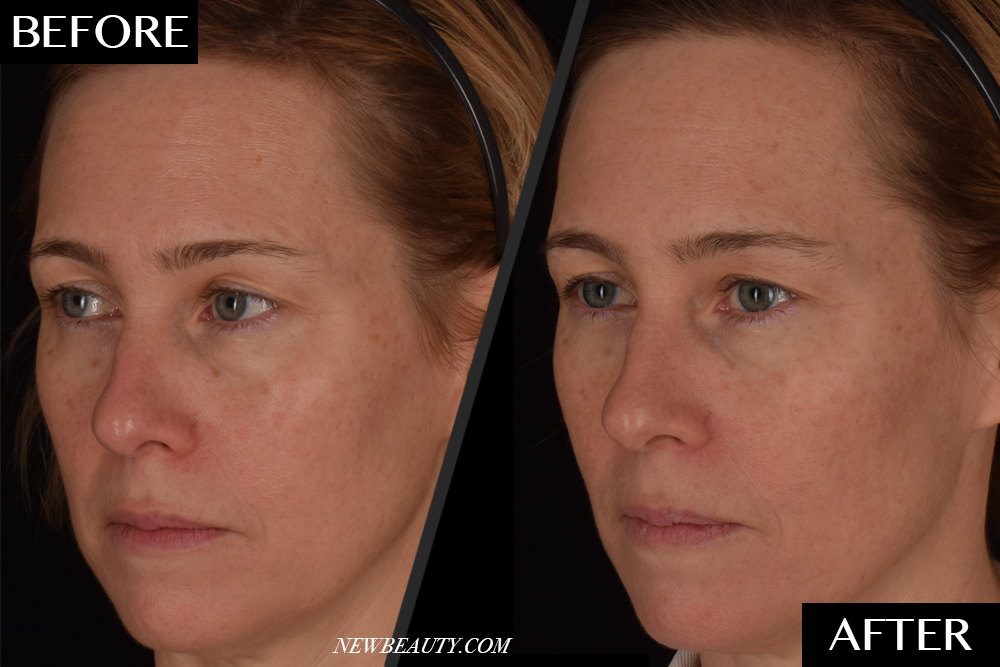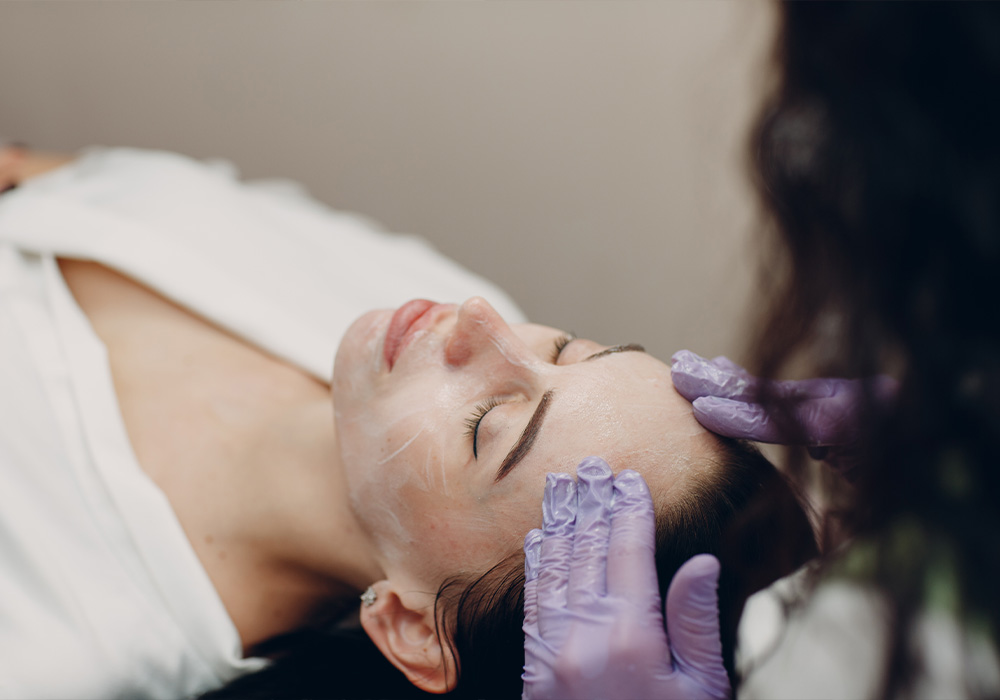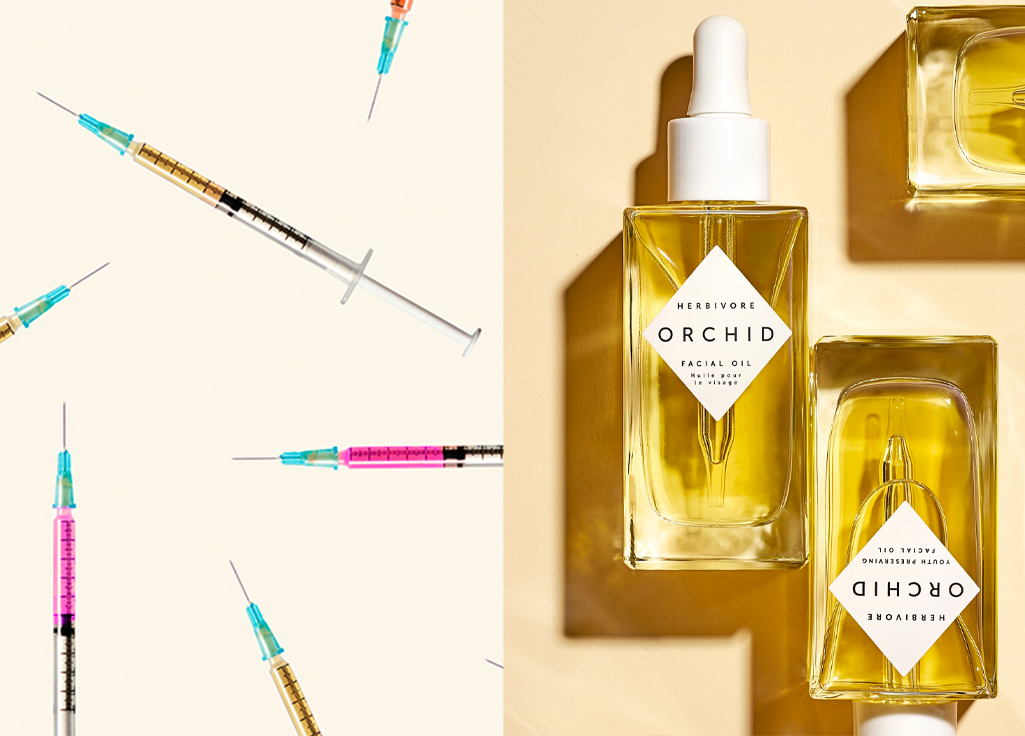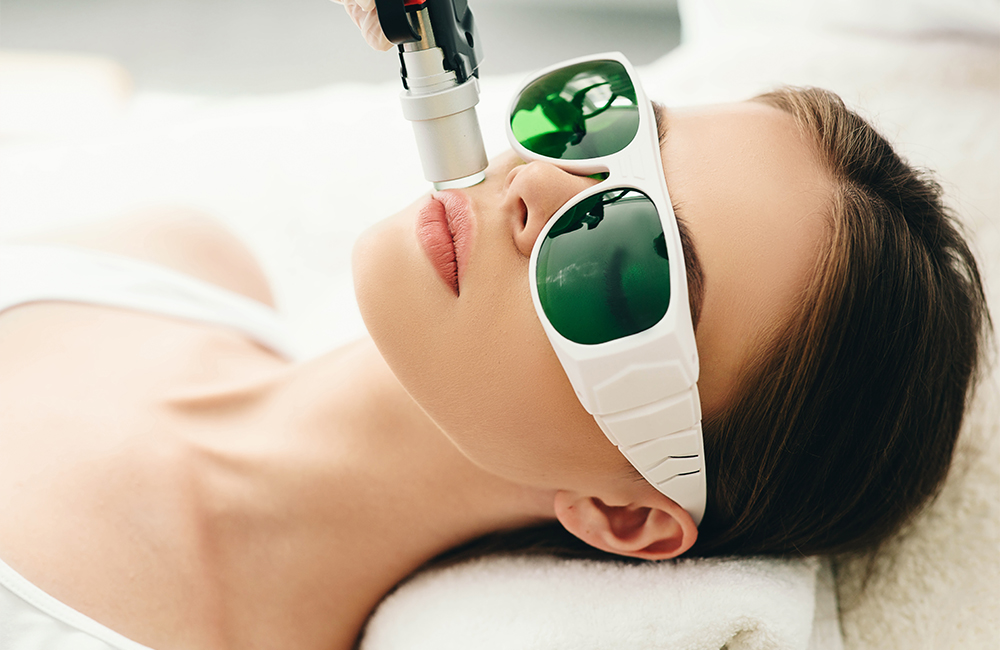Starting in our 30s, we lose volume in our face—under our eyes, in our cheeks and around our mouths. Later on, in our 40s and 50s, our skin and muscles start to stretch from loss of collagen and elastin. To stimulate collagen production, tighten loose skin and add volume back to the face there are a myriad of surgery-free options to choose from, including dermal fillers, thread lifts, lasers and platelet-rich plasma (PRP) therapy. Similar to PRP, platelet-rich fibrin (PRF) is a new, all-natural solution that can treat common areas that show the first signs of aging, like under-eye hollows and deflated cheeks.
While the use of PRP and PRF is growing in popularity as a viable option for cosmetic treatment, it has not yet been approved by the FDA. “Hopefully these treatments do what they’re purported to do, but at this time there is no published scientific data that back up those claims,” says La Jolla, CA plastic surgeon Robert Singer, MD. However, as the demand grows for more organic rejuvenation treatments, more and more patients are turning to therapies that harness the growth factors in our blood for cosmetic enhancement.
You May Also Like: The Next Generation of PRP You Should Know About
We talked to Los Angeles facial plastic surgeon Kian Karimi, MD, who showed off the results of a PRF treatment on an episode of The Doctors to understand more about the treatment that is being referred to as a “natural” filler.
NewBeauty: What is a Platelet-rich fibrin (PRF)?
Dr. Karimi: Platelet therapy is quickly becoming an integral aspect of cosmetic treatments. Most notably, platelet-rich plasma (PRP) has been used topically or as an injection to stimulate collagen production and enhance the efficacy of procedures such as fat transfer, hair loss, lasers and microneedling. Harvested PRP has platelets, fibrin and white blood cells, which contribute to wound healing, collagen production and improved elasticity. PRF is the next generation of PRP and contains very high concentrations white blood cells, fibrin and a small amount of stem cells found circulating in our bloodstreams. PRF becomes a gel after 15 to 20 minutes of being isolated and immediately upon being injected into the face or body. This allows it to be used for cosmetic volume restoration in addition to topical indications.
NewBeauty: What does the procedure entail?
Dr. Karimi: PRF is harvested from our very own blood. Prior to the treatment, one vial of blood is drawn to fill a 13 ml tube, which is a little less than a tablespoon. Next, the blood is placed inside a specialized centrifuge designed to separate PRF from other blood components. After spinning, the PRF is harvested from the top of the vial into a syringe. Once the PRF is ready, there is a delicate window of approximately 15 minutes before the PRF forms into a gel-like consistency. In my clinic, PRF has been most commonly used in concert with hyaluronic acid dermal fillers to enhance facial volume and improve the quality of the surrounding skin. I have had excellent success using a combination of PRF and Restylane-L to rejuvenate under-eye hollows.
NewBeauty: Who is a good candidate for this treatment?
Dr. Karimi: The great thing about PRF is that most people are good candidates for treatment, depending on the patient’s individual concerns. For example, when patients are seeking filler treatment but have thin skin, PRF can actually thin the hyaluronic acid filler and allow for a smoother, more natural-looking injection.
NewBeauty: What are some of the reasons patients ask for this procedure?
Dr. Karimi: Many seek this treatment due to volume deficient areas of the face which include but are not limited to: under eyes, the corners of the mouth and the temples. At times, patients seem hesitant toward other products to be used as injectables, as it is not their own. The fact that PRF is comprised from the patient’s own blood is the driving factor for which patients seem interested in this specific treatment. It acts as a temporary volumizer, however the true advantage of this treatment is the rejuvenation of skin quality.
NewBeauty: How long do the results last?
Dr. Karimi: PRF is performed in a series of treatments, spaced six to eight weeks apart. Results typically last one to three weeks and the volume will essentially dissipate. Long-term effects, such as skin tightening, collagen production and enhanced skin quality, may take up to three to four months to be noticed and can last from six to 12 months. The visibility of expected benefits and results of the PRF treatment is typically seen after six weeks from initial treatment.
NewBeauty: What do you believe are the benefits of a PRF treatment for the face versus dermal fillers?
Dr. Karimi: Injectable fillers serve the single purpose of addressing volume deficiency. While PRF does give temporary volume enhancement (this effect does subside within a couple of weeks after treatment), the purpose of PRF injections is highly directed toward skin rejuvenation: skin tightening, improved skin texture and quality, and collagen stimulation. On the one hand, this does present some overlap to the benefits of PRF versus synthetic fillers, but in terms of longevity, it varies depending on the type of dermal filler used and how much of it is placed.

















